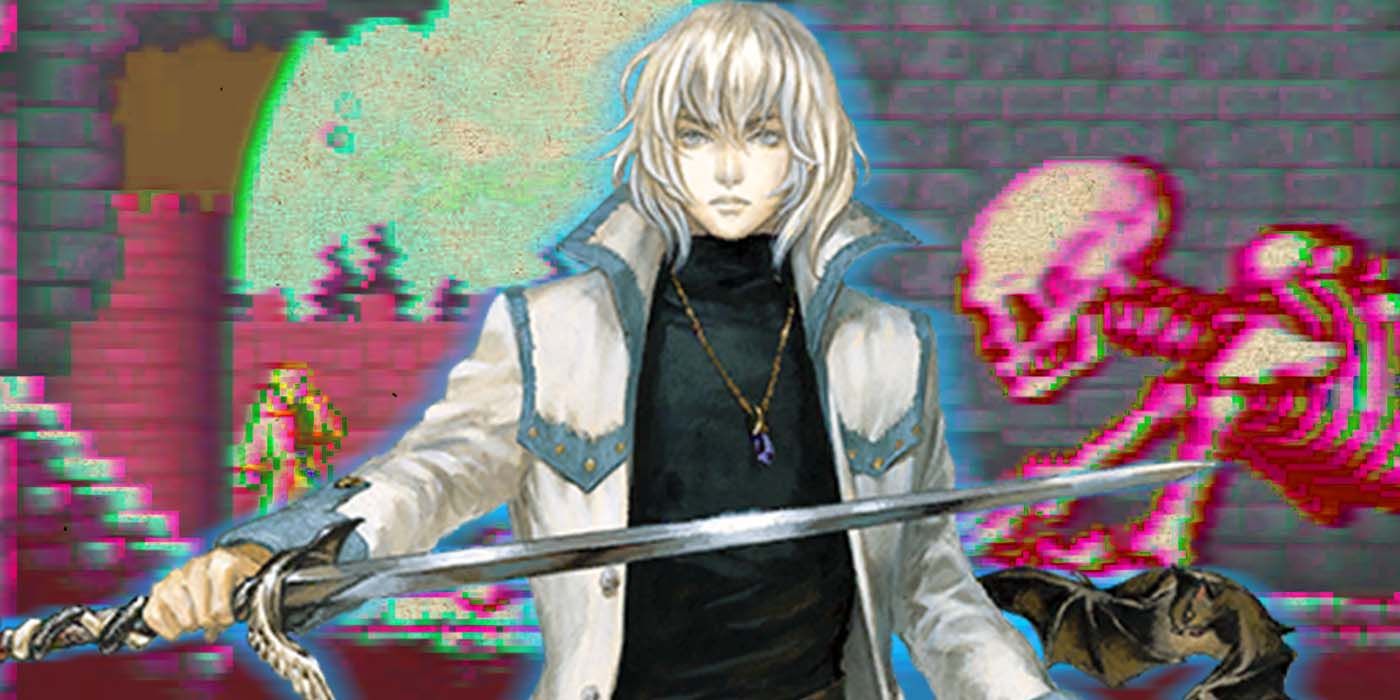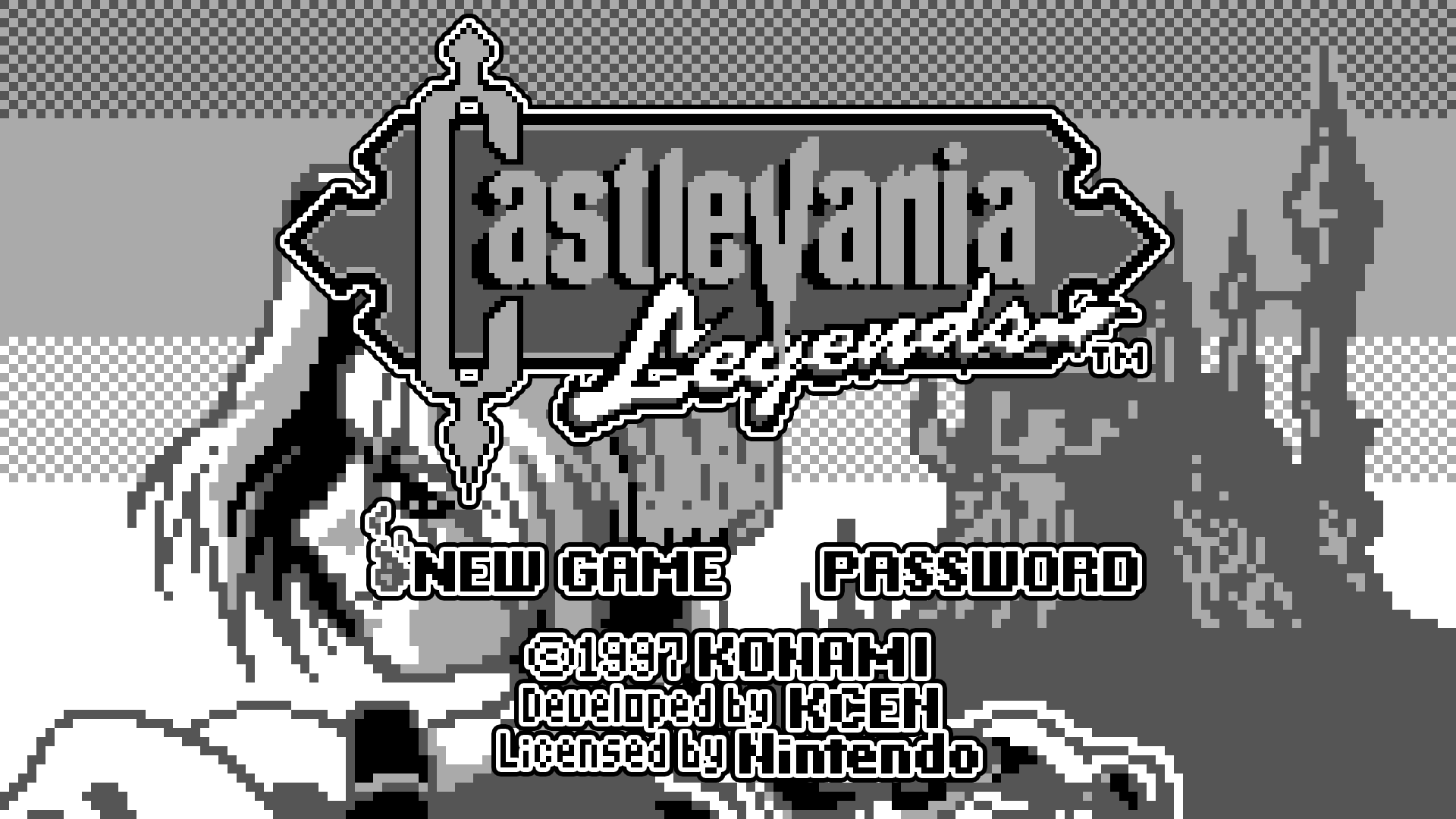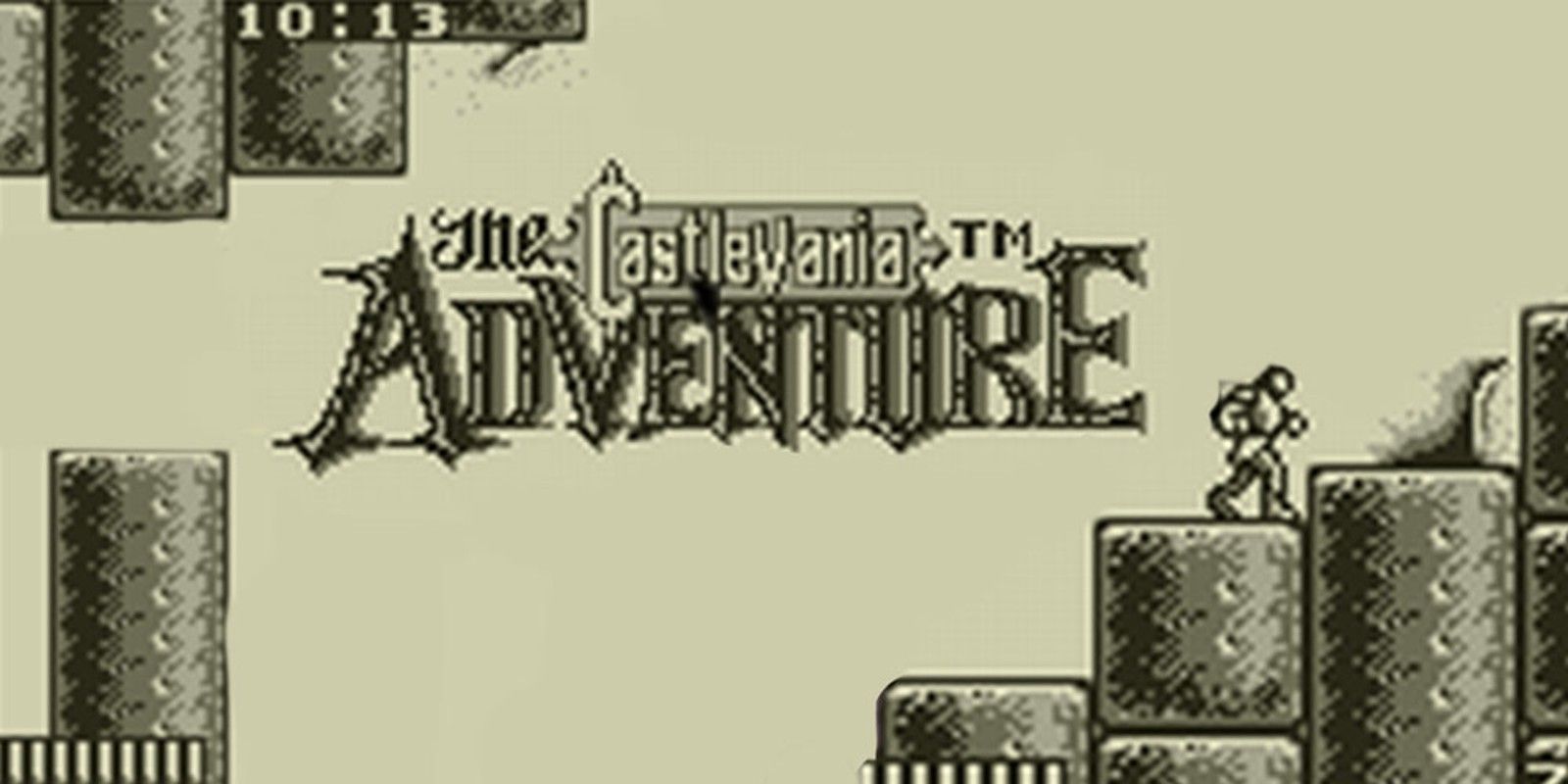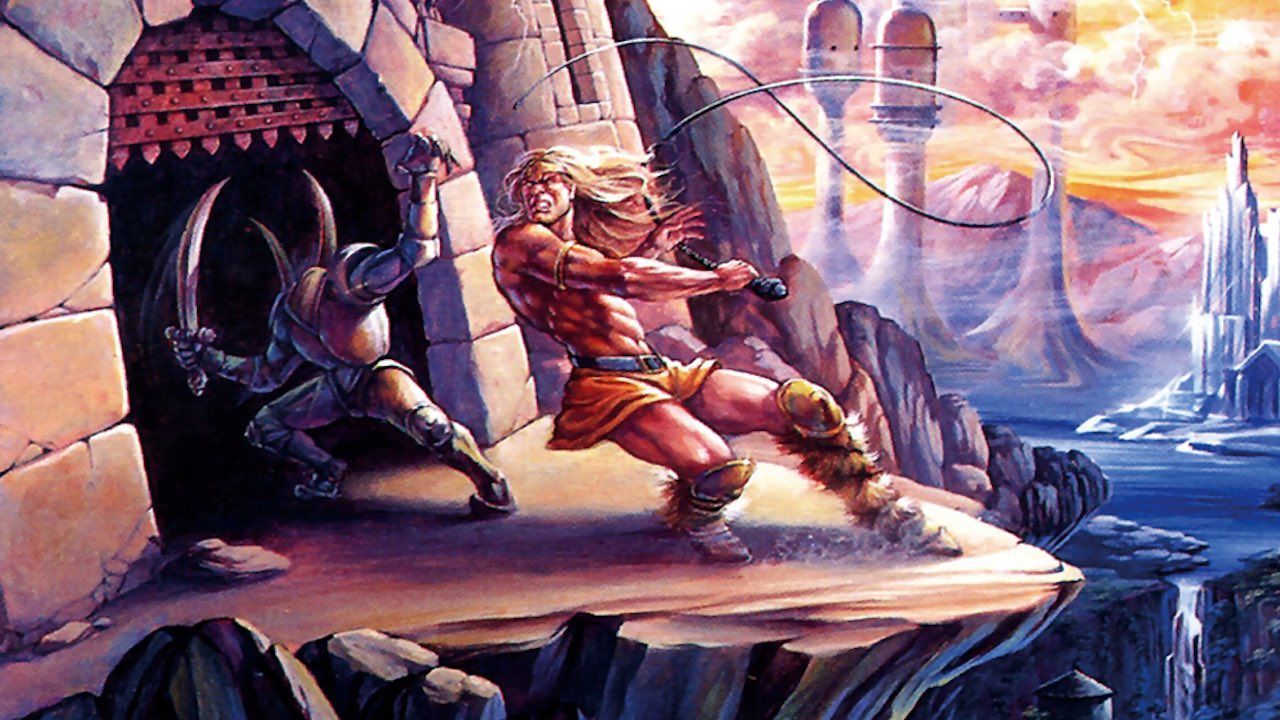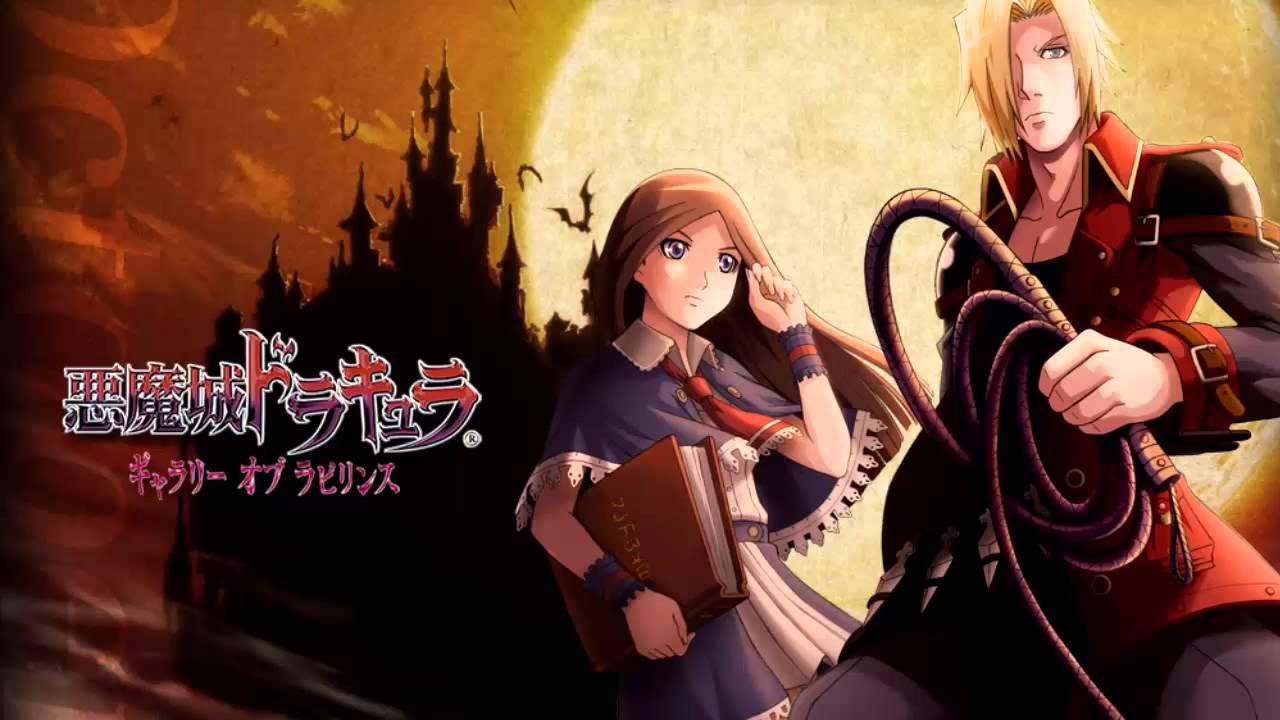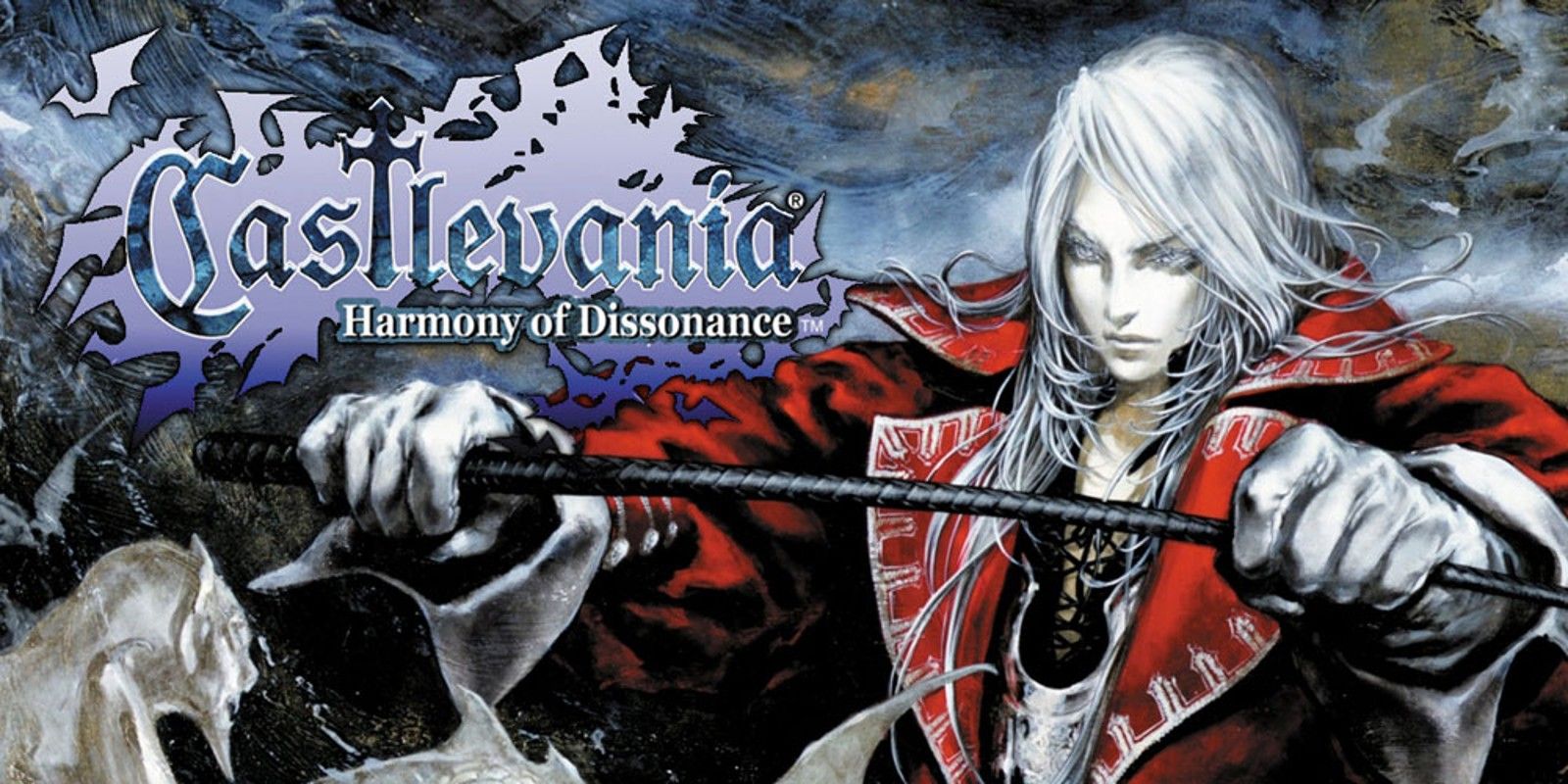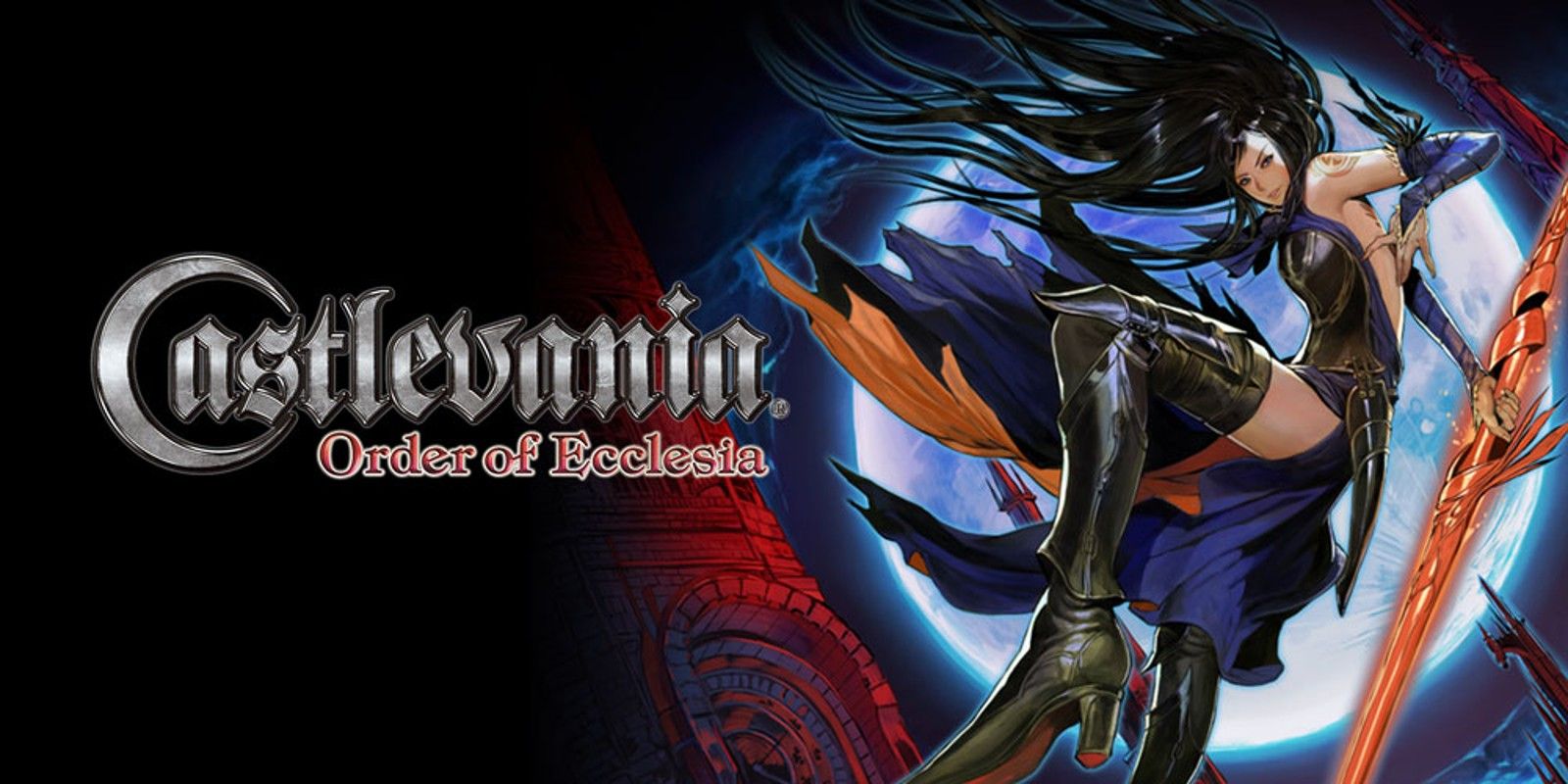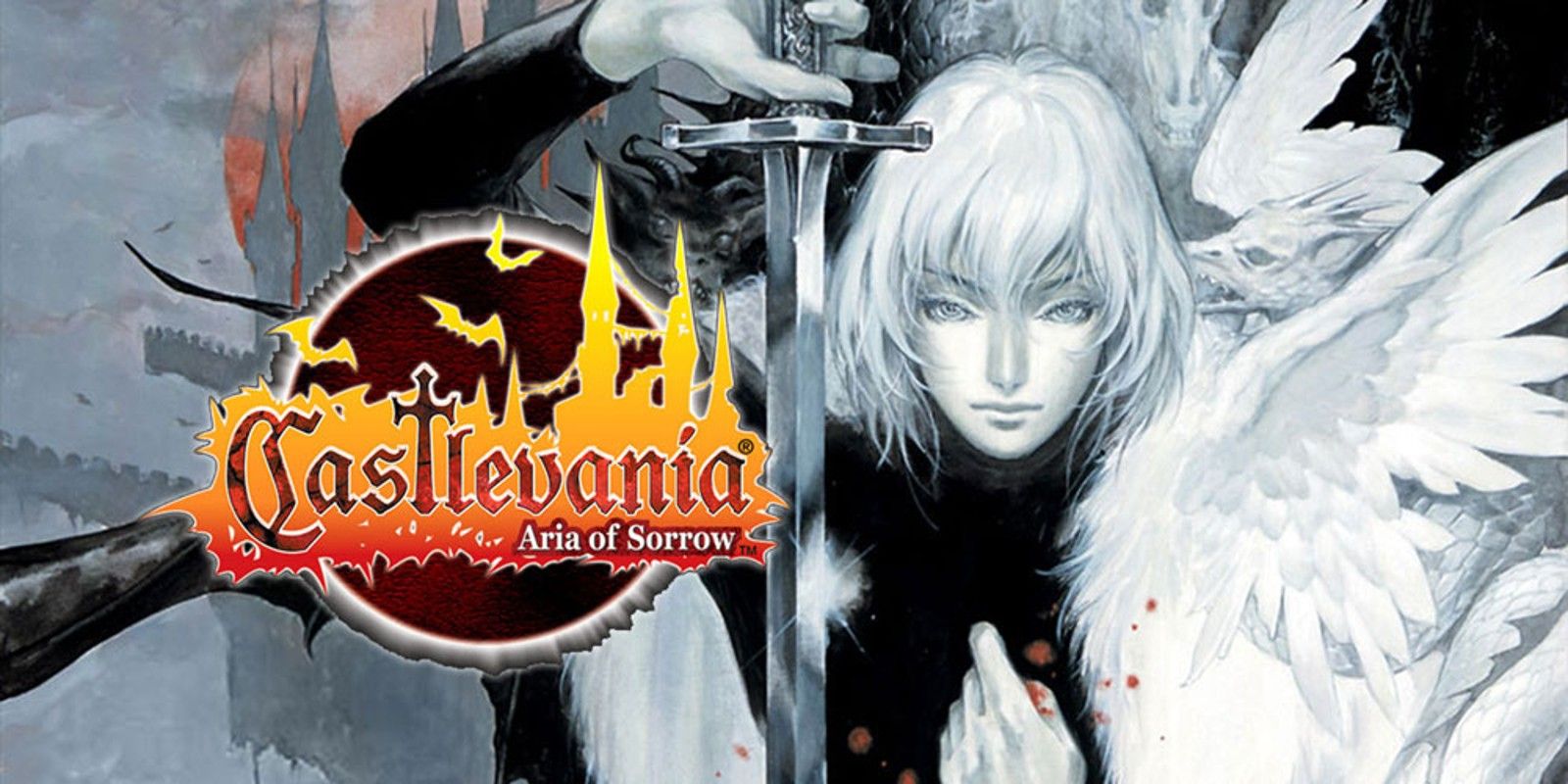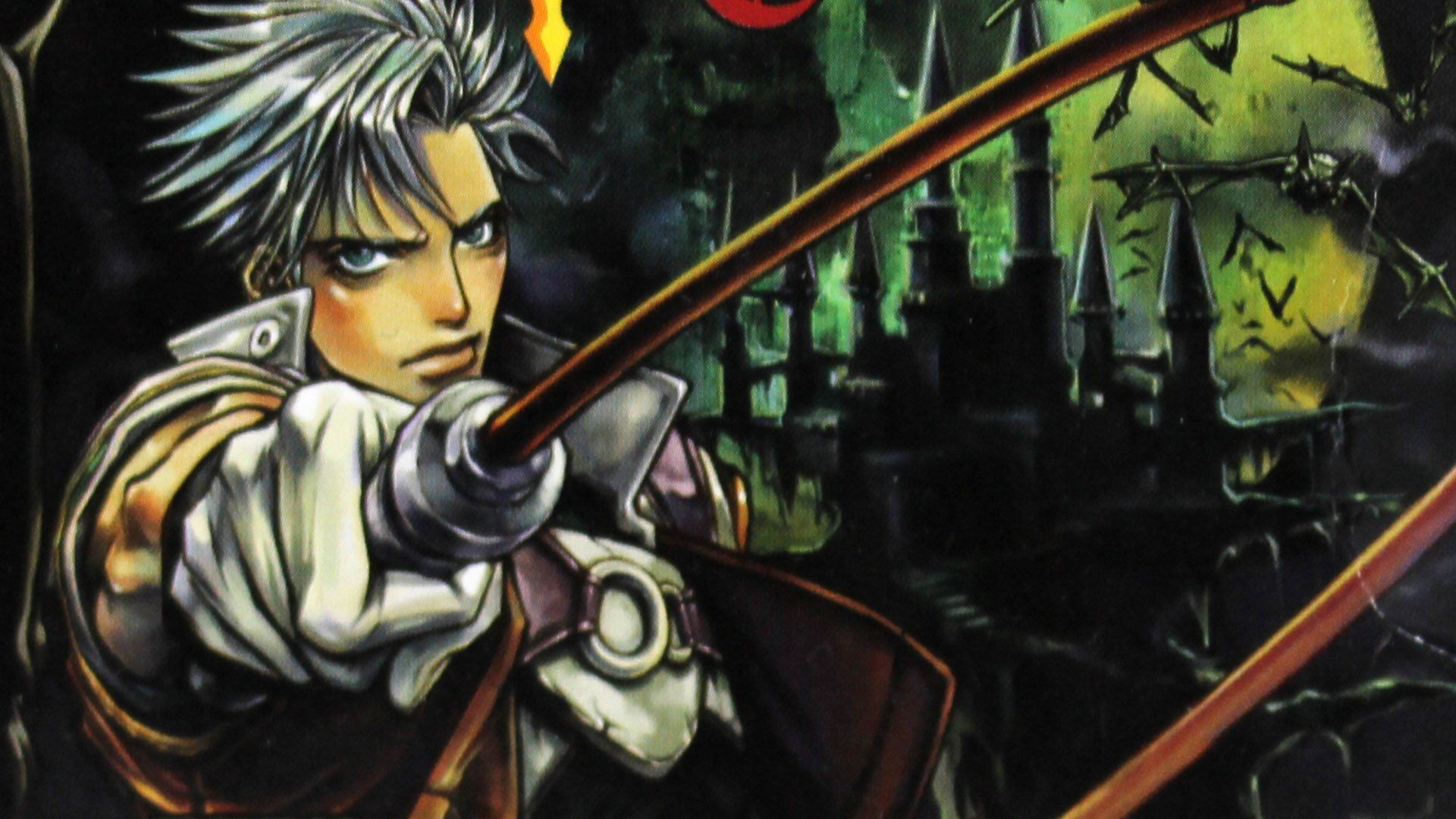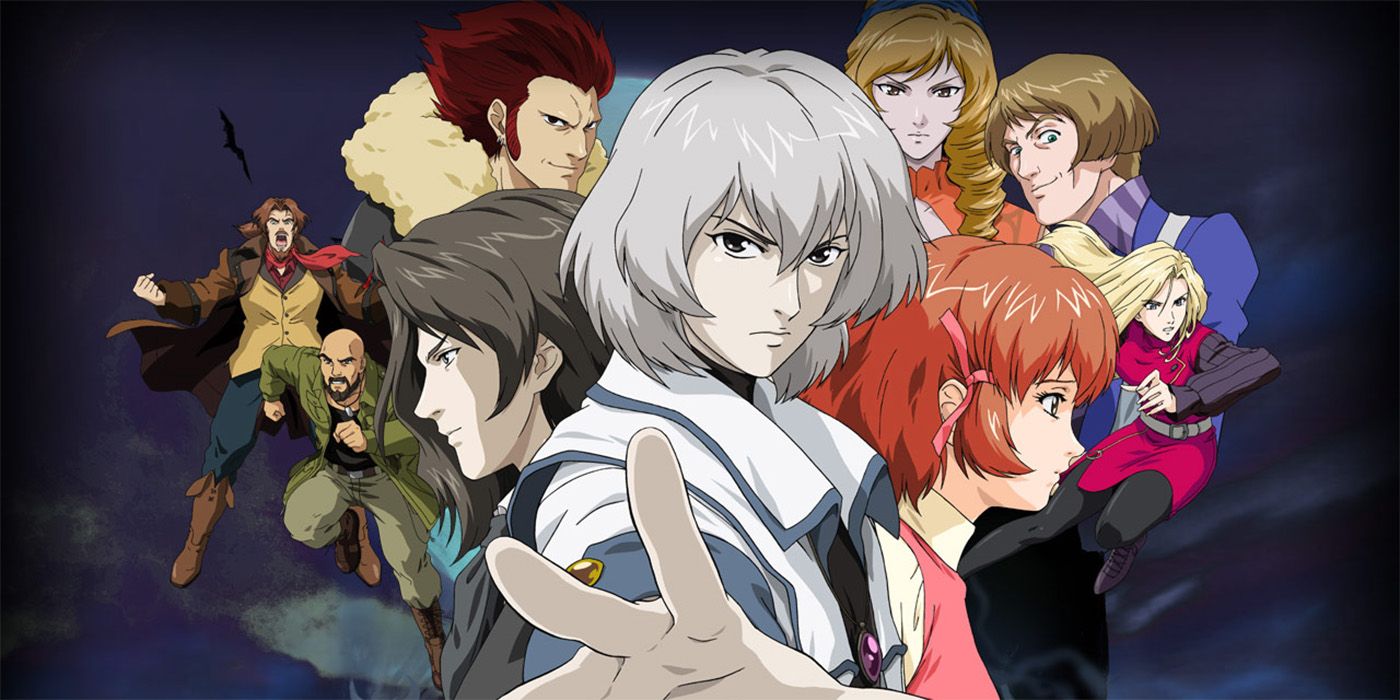While Castlevania is perhaps best known for its acclaimed installments on home consoles, Konami's fan-favorite franchise has a prolific, celebrated history on handheld consoles too, bringing the vampire-hunting adventures of the Belmont clan to players on-the-go. A staple on Nintendo handheld consoles, Castlevania's portable titles are among the most critically renowned in the entire franchise's history.
Here is a definitive ranking of Castlevania's handheld games, based on professional critic scores on review aggregate site GameRankings. The Game Boy Advanced enhanced remake of the original game and Rondo of Blood's PlayStation Portable enhanced remake Dracula X Chronicles are omitted, as is Lords of Shadow: Mirror of Fate for the Nintendo 3DS, as it was ported to the Xbox 360 and PlayStation 3 mere months after its handheld release.
Legends: 52.88/100
The third and final Castlevania game released for the original Game Boy was 1997's Legends, which followed the non-canonical adventures of Sonia Belmont. Sonia was the first of her family to battle Dracula as he rose to power and threatened Transylvania. Teaming up with the vampire's son Alucard, Sonia set out to destroy the monster and save her homeland.
Legends was criticized for lacking the quality of its immediate predecessor, Belmont's Revenge. It was also released late in the lifespan of the original Game Boy and was limited by its hardware. Longtime franchise producer Koji Igarashi, who was not involved on Legends development, dismissed the game as an embarrassment to the series. Igarashi would quietly remove the game from the franchise's main timeline with the 2003 PlayStation 2 title Lament of Innocence, which replaced Sonia with Leon Belmont as the first hero to confront Dracula.
The Adventure: 55.07/100
The first handheld Castlevania game was 1989's The Adventure, detailing the adventures of Christopher Belmont, the vampire hunter immediately preceding Simon. Across four levels, Christopher ventured into Dracula's castle, battling all manner of monsters and supernatural forces, armed with only his legendary Vampire Killer whip.
As an early title, The Adventure was limited to the Game Boy's hardware constraints, with its relatively short length, lack of sub-weapons and Christopher's slowed movement highlighting the title's excessive difficulty. The game received an enhanced WiiWare remake in 2009 as The Adventure ReBirth, with a score of 78 praising its improvements and additions while still noting its high difficulty level.
Belmont's Revenge: 83.5/100
Christopher Belmont was one of the few Castlevania protagonists to star in more than one game in the series, returning for The Adventure's direct sequel, Belmont's Revenge. Set 15 years after the events of its predecessor, the 1991 Game Boy game had Christopher take up the Vampire Killer whip once again to rescue his young son Soleil from a resurrected Dracula's clutches.
Critics widely recognized Belmont's Revenge as far superior in virtually every metric to The Adventure. They praised its improved graphics, sound and deeper gameplay, as Christopher could now wield sub-weapons. Critics cited the game as being noticeably short and Christopher's movement remaining too slow, but still regarded it as the best of the three Game Boy Castlevania games.
Portrait of Ruin: 84.98/100
Just as 1993's Bloodlines on the Sega Genesis used World War I as its backdrop, 2006's Portrait of Ruin on the Nintendo DS followed the subsequent generation of vampire hunters during World War II. Jonathan Morris (son of the Genesis title's protagonist John Morris) and Charlotte Aulin (a relative of the magic-wielding Belnades clan) enter Dracula's castle in 1944 while Europe is at the height of the Second World War. The castle is inhabited by the vampire painter Brauner, whose paintings serve as portals to distant lands.
Portrait of Ruin had players control both Jonathan and Charlotte and switch between them freely, a gameplay mechanic which some critics found awkward. However, the online multiplayer mode, audio design and soundtrack were praised as high points, as was the game's overall story and setting.
Harmony of Dissonance: 85.12/100
The first canonical Castlevania title released for the Game Boy Advance was 2002's Harmony of Dissonance, following the adventures of Juste Belmont, grandson of Simon. Roughly 50 years after the events of Simon's Quest, Juste inherits the Vampire Killer whip while his jealous best friend, Maxim Kischine, kidnaps Juste's girlfriend, Lydie Erlanger, and imprisons her within Dracula's castle, subconsciously working with Death to resurrect the vampire.
While the game's relatively easy difficulty level, uninspired soundtrack and level design and lack of innovations to the overall franchise were criticized, the game's visual improvements and refined gameplay sensibilities compared to the universally acclaimed Symphony of the Night were both lauded.
Order of Ecclesia: 85.67/100
The final Castlevania game released for the Nintendo DS was 2008's Order of Ecclesia, following the mysterious disappearance of the Belmont clan in the 19th century. The family has been replaced by the eponymous order, which uses artifacts derived from Dracula's power (known as glyphs) to defend Europe from the supernatural. After the glyphs are stolen by a shadowy figure named Albus, the Order's promising young warrior Shanoa sets out to track him down and prevent Dracula's latest resurrection.
While the main narrative's relatively short length and numerous side quests were criticized, the incorporation of the glyphs into the core gameplay mechanic was welcomed for breathing new life into the franchise. Regarded as one of the better handheld installments, Order of Ecclesia would be one of the last games in the franchise's original main timeline.
Aria of Sorrow: 87.86/100
The third and final installment released on the GBA was 2003's Aria of Sorrow, which diverges from the established formula of the franchise. Instead of being set in Europe at some historical point, the game was set in 2035 Japan and followed a prophecy made in 1999. The story followed Soma Cruz, a foreign exchange student living in Japan who investigated Dracula's castle after it mysteriously resurfaced.
Aria of Sorrow was hailed as not only one of the best Castlevania games, but as one of the best GBA titles. Regarded as an all-around improvement over both its predecessors, reviewers praised the core gameplay mechanic of Soma absorbing his enemies' souls to use offensively and defensively in combat as a much-needed change to the formula, with the visuals and sound design also lauded.
Circle of the Moon: 88.32/100
The first Castlevania game released for the Game Boy Advance was 2001's Circle of the Moon. Set in 1830, the game follows Nathan Graves, an adopted young man who inherits the Hunter Whip and ventures into Dracula's castle after his mentor Morris Baldwin and his son Hugh are captured by dark forces for Dracula's resurrection.
While the darkly rendered visuals were criticized for being hard to follow at times, Circle of the Moon was praised for bringing the non-linear gameplay style of Symphony of the Night to handhelds. It also boasted rich visuals and sound design for a handheld game at that time. Though Igarashi removed the game from the franchise's main timeline over his own grievances, it continues to be well-regarded by fans, even receiving a re-release on the Wii U Virtual Console.
Dawn of Sorrow: 90.35/100
Following the critical success of Aria of Sorrow, Igarashi decided the inaugural Nintendo DS Castlevania game should be a direct sequel the reunited most of the game's main cast. Set one year after the events of Aria of Sorrow, 2005's Dawn of Sorrow had a cult rebuild Dracula's castle with the intent to sacrifice Soma and create a new dark lord after the young man rejected his sinister birthright as the reincarnation of Dracula.
Critics widely lauded the game for expanding on the innovative gameplay mechanics from Aria while taking full advantage of the DS' technology. While the anime-influenced character designs received mix-reception, with many preferring celebrated artist Ayami Kojima's style, the level design and in-game character animation were both widely praised.

